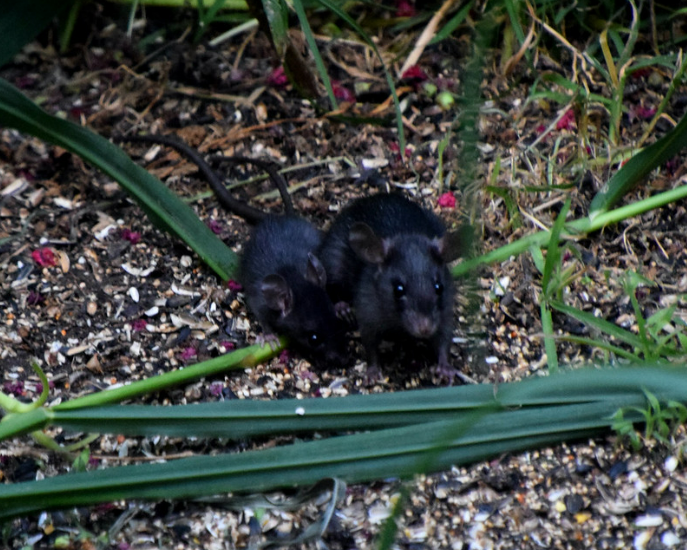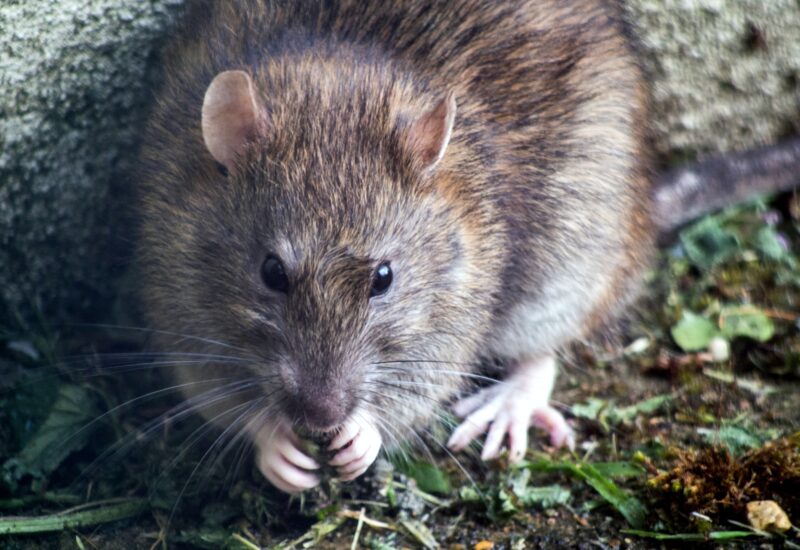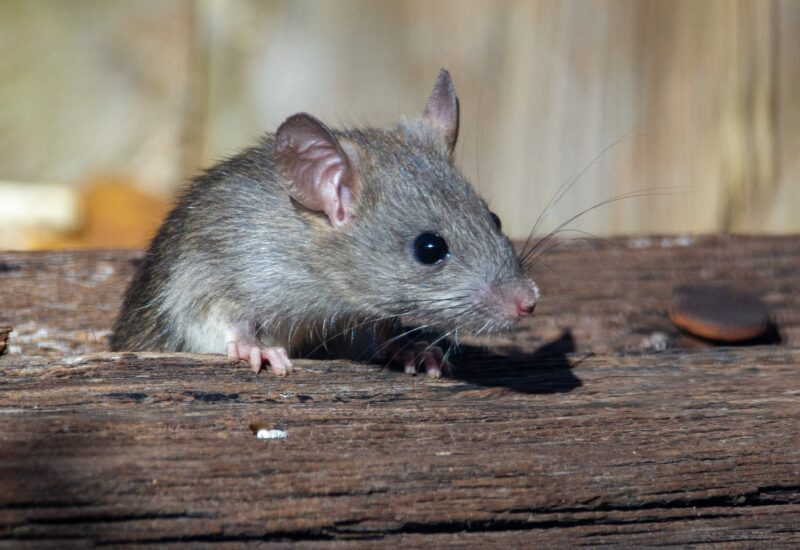Dry Ice for Rats: Boston’s Now-Prohibited Plan for Urban Pest Control
Large metropolitan areas like Boston are no stranger to rodent activity. Often it is commonplace to see rats roaming the subways in New York City or racing through the parks along the Charles River in Boston. And with unusually warm temperatures in the winter months of 2016, large urban areas like New York and Boston saw a spike in grievances regarding rat activity.
This led the City of Boston to adopt a new method of rat extermination that uses dry ice after complaints of rat activity tripled during the first quarter of ‘16. The same practice had been previously used in Chicago and was providing the results the city wanted.
What is Dry Ice?
Dry ice is a solid form of carbon dioxide. When it melts it lets off carbon dioxide gas, which puts the rodents to sleep. Dry ice costs around fifty cents per pound, as compared to approximately $2.85 per pound for poisonous pellets commonly used for the same job. City officials in Boston sought out rat burrows, filling them with dry ice and then sealing off all entrance and exit points. If rats were indeed inside, it’s estimated they fall asleep within minutes and subsequently die.
Boston city officials were seeing results almost immediately, as visible rat activity was on the decline, and citizens and officials were happy with the new method of eliminating a serious pest problem. But, while this practice for rat extermination proves attractive in terms of being cost effective and fairly easy, dry ice is not on the federal list of approved pesticides.
The EPA has stepped in and halted the process, making it clear that federal guidelines prohibit the use of dry ice, as it is not registered with the federal agency. United States law for approved product usage is in place to ensure the safe handling of products. And, while dry ice is seemingly appropriate to use in open areas, it is certainly not recommended for use in your home or business.
Stop Rodent Infestations without Dry Ice
Pest exclusion is a practice of pest control that provides a long-term solution to pests like rats in your home or business without the use of chemicals like dry ice. While trapping and removing the animals can also be effective, it often proves to be a temporary, quick fix if used by itself. By combining the installation of Catseye’s trademarked Cat-Guard Exclusion Systems in addition to the traditional method of trapping and removing, your home or business will be protected for many years.
Simply put, with Cat-Guard, no entryways go overlooked, and the critters stay outside where they belong. Catseye’s certified Cat-Guard technicians use premium metal to seal the area where the exterior of your home or business meets its foundation to ensure no intruders make their way in. We also seal corner posts, holes in the foundation, and gaps in siding, J-channels, and window trim. Every Cat-Guard system is customized for each individual job based upon recommendations made from the results of your free inspection.
Before turning to popular DIY methods of pest control, contact us and take advantage of our free home inspection to ensure your home is safe and secure from rodents and unwanted wildlife.






